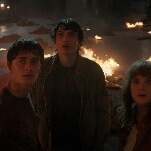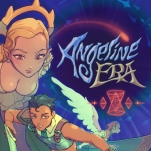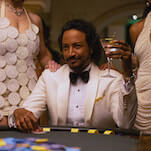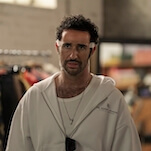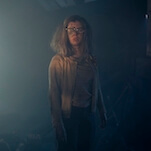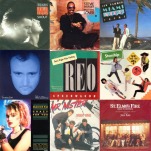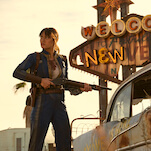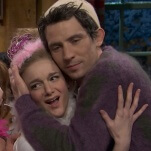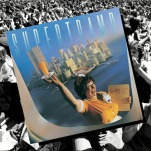Readers wonder why Zelda fans railed against the Wind Waker look
Keepin’ It Unreal
This week, Jonathan Kinkley, co-director of Chicago’s Video Game Art (VGA) Gallery, joined us for an overview of cel shading and similar aesthetics. Commenters came out of the woodwork to discuss a few of the examples Jonathan brought up. Okami received a lot of praise, including this post from amb:
As much as I love the Zelda series, I think Okami is just so much better than almost all of them. It wouldn’t exist if not for Zelda, but it just has a level of depth and humanity to its story that only Majora’s Mask, Wind Waker, and Skyward Sword possess.
It’s so fun to just go around to each character and read what they have to say; everyone has their own vivid personality and story. As much as I’ve loved the best of the Zelda games, most of them just don’t have the sense of life that Okami does. Amaterasu gets to meet all the various people in the world she is trying to protect and save; whether it’s low-stakes issues, like helping the chef create his greatest sushi masterpiece, or important events, like bringing floral life back to a world that is being destroyed by evil curses, it matters. I especially love how you gett to know Mr. Bamboo throughout the game, while separately helping to rescue Kaguya and eventually discover that they are connected. So many games wouldn’t invest that time into what is ultimately a throwaway scene. At the end of it, it’s a touching to watch Kaguya bid farewall as she heads to the skies in search of her birth family.
What always blows me away is that as incredible as the art style is—you could turn a screenshot of almost any moment into framed artwork—it’s the story and the people that reach me most. The art exists in service of creating the world of Nippon, where every person matters and has a story to tell.
Dimsmellofmoose thought Okami compared unfavorably to Zelda but agreed that it was special in its own right:
I don’t love the Zelda comparison so much. The Zelda series’ best qualities are what Okami‘s worst at. Its dungeon design was underwhelming at best (with a few good ones), and the boss fights weren’t great. (They were also repeated, some of them a handful of times.) You wind up with very few bosses overall and a lot of repetitive combat. Speaking of which, combat was not Okami‘s strong suit either. I think the smaller battle zones limit the use of the game’s graphical scope.
But Okami is moving and gorgeous and engrossing and about as warm a game as I have played. But none of those qualities really apply to the Zelda series. They’re both adventure games in the same basic build, but they focus on very different things.
And speaking of Zelda, its first foray into cartoonish graphics, The Wind Waker, was also included in Jonathan’s article. He mentioned how fans initially recoiled when the its now beloved aesthetic was first unveiled. The_Helmaroc_King offered one possible reason for the negative response:
Wind Waker‘s early backlash wasn’t just because it was different from Ocarina Of Time and Majora’s Mask; there was also the infamous “Space World” demo from 2000 that colored expectations with a realistic looking Zelda game running on the GameCube.

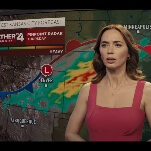



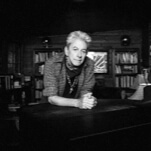


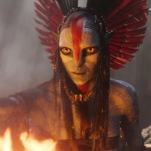
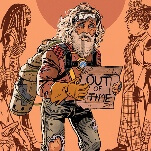
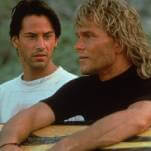







![Rob Reiner's son booked for murder amid homicide investigation [Updated]](https://img.pastemagazine.com/wp-content/avuploads/2025/12/15131025/MixCollage-15-Dec-2025-01-10-PM-9121.jpg)

